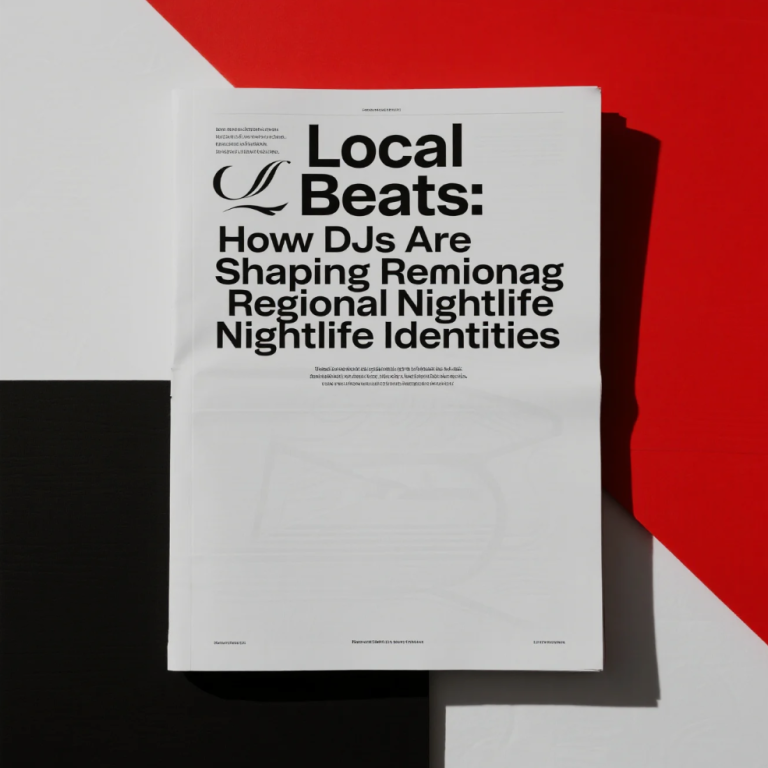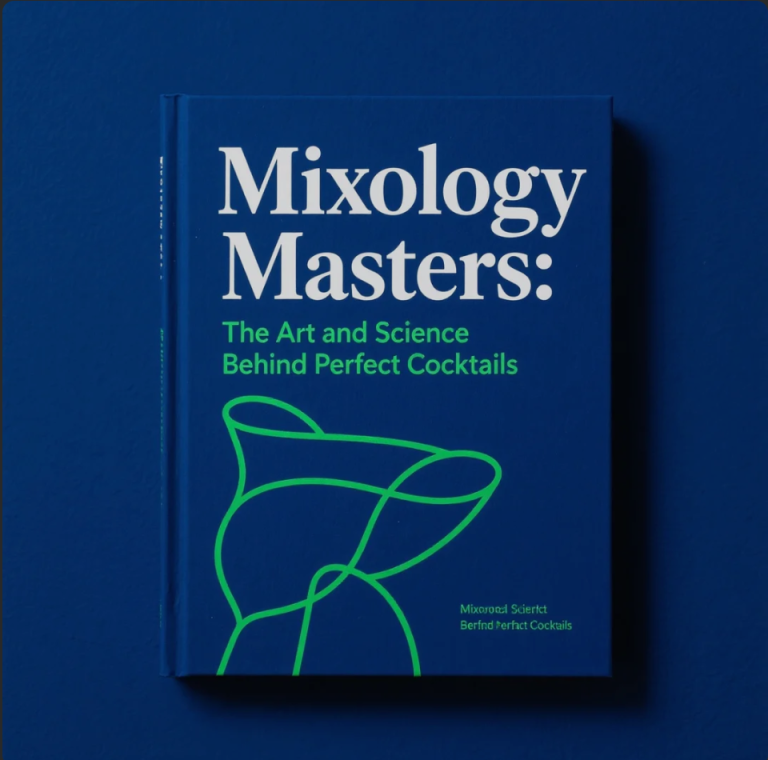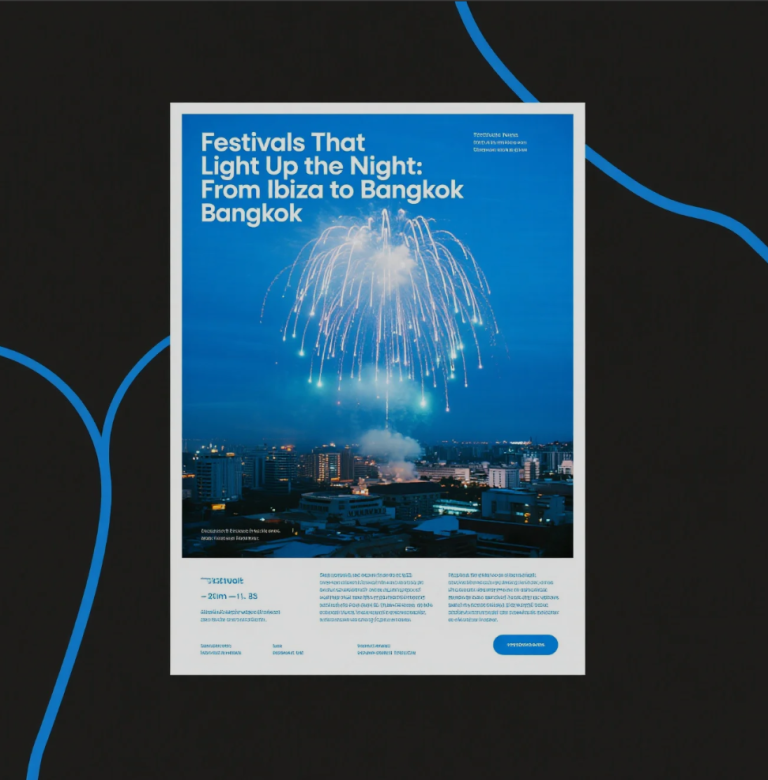
The world’s nightlife has never been the same since the DJ Revolution began. What started in underground clubs and late-night basements has grown into a global phenomenon — shaping how people dance, connect, and experience music.
Today’s DJs are more than just music mixers; they’re cultural icons, storytellers, and innovators who control the pulse of every party. Let’s dive into how this movement began — and how spinning masters reshaped the rhythm of modern entertainment.
🎚️ 1. From Vinyl to Virtual: The Evolution of the Turntable
The roots of the DJ Revolution go back to the 1970s, when pioneers like Grandmaster Flash and DJ Kool Herc first experimented with vinyl records and turntables. Their mastery of beatmatching, scratching, and looping turned ordinary songs into live, evolving performances.
Today, those same techniques live on — but with the help of digital controllers, mixers, and software like Serato and Pioneer DJ. The tools changed, but the soul of the art remains: creativity and connection.
🎵 “The turntable became an instrument — not just a playback device,” says a veteran DJ from Mixmag.
🎤 2. The Rise of the Superstar DJ
As technology advanced, so did fame. In the early 2000s, DJs like Tiesto, David Guetta, and Armin van Buuren became household names, headlining massive festivals and filling arenas with fans.
The DJ Revolution transformed the role from background entertainer to main-stage performer, blurring the line between producer, artist, and celebrity.
🌍 3. Global Connection Through Music
The DJ booth became a bridge between cultures. Through beats and rhythm, DJs unified crowds from Tokyo to Berlin, from Miami to Bali.
Whether it’s EDM drops in Las Vegas or Afrobeats sets in Lagos, the DJ Revolution proved one thing: music is a universal language.
Online platforms like SoundCloud and Spotify helped this connection grow, allowing local DJs to gain global recognition and build loyal fanbases beyond borders.
💡 4. Technology, Creativity, and the Art of the Mix
Modern DJs are digital magicians. They craft entire experiences through sound layering, live sampling, and AI-assisted mixing.
With innovations like real-time BPM syncing and custom light integration, today’s sets are as visual as they are musical. Many artists even blend live instruments and vocals into their sets, turning each performance into a multisensory experience.
This evolution has made the DJ booth not just a musical station — but a command center of creativity.
🕺 5. The DJ’s Impact on Party Culture
The party scene of today — from festivals like Tomorrowland to underground house sessions — owes everything to DJs who turned gatherings into emotional journeys.
They’ve redefined nightlife by focusing on energy flow, crowd psychology, and emotional build-up. A good DJ doesn’t just play songs — they tell a story.
And that storytelling keeps people coming back, night after night.
🔊 6. What’s Next for the DJ Revolution
The next frontier of the DJ Revolution lies in AI-assisted mixing, immersive VR parties, and decentralized music platforms. As clubs and festivals become more digital, the connection between DJ and audience will evolve — but never disappear.
Because at its core, DJing isn’t about the tech — it’s about the people, the beat, and the moment.
🧭 Conclusion
From spinning vinyl in smoky basements to commanding massive digital stages, the DJ Revolution has forever changed how we experience music and nightlife.
These masters of sound continue to blur the lines between performance and passion — proving that even in a world of endless playlists, nothing can replace the energy of a live DJ set.
So next time you’re on the dance floor, remember: behind every beat drop is decades of evolution, artistry, and revolution.



